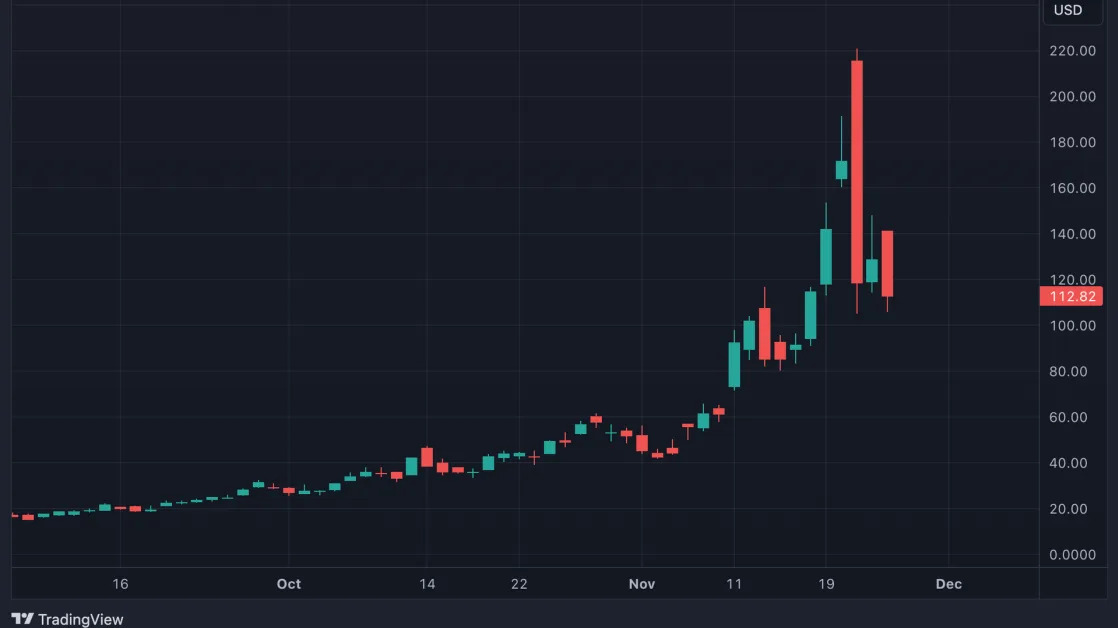By Michael S. Derby
NEW YORK (Reuters) -Market participants unsettled by the Trump administration's choppy policy rollout are working to game out what the Federal Reserve would do if asset prices spiral out of control and require stabilization by the U.S. central bank.
The anxiety arises from weeks of volatile trading and big price declines across a range of securities due to President Donald Trump's seesawing tariffs announcements, which are widely expected to stoke inflation while depressing growth and hiring. A more recent wave of price swings followed on the heels of Trump's attacks on the Fed for not cutting interest rates since he returned to power in January and his public musings about firing Fed Chair Jerome Powell.
Recent trading has at points recalled the early moments of the COVID-19 pandemic. The Fed at that time responded by slashing short-term rates to near zero while buying trillions of dollars of Treasury bonds and mortgage-backed securities. It also launched programs to shore up specific sectors.
If market conditions called for it, notable parts of that toolkit could be again brought out, bolstered by new tools and policy changes that would make this first line of defense operate largely on auto-pilot.
"There's a toolkit in place if, if markets were really to stop functioning," said Patricia Zobel, former manager of the New York Fed group that implements monetary policy and now head of macroeconomic research and market strategy at Guggenheim Investments. She pointed to the Fed's Standing Repo Facility, a discount window emergency lending rate that now matches the top end of the federal funds rate, as well as a repo facility for central banks, as a suite of tools "which can support market functioning" when liquidity is an issue.
Zobel also said an ongoing Treasury debt buyback program could also help manage liquidity if needed, adding that "in extremis," if cash markets were facing functioning issues, "ending balance sheet runoff would probably be the first order of business."
SIDELINED FOR NOW
Fed officials for now do not seem to be in any rush to step in. Powell last Wednesday was asked if the U.S. central bank would intervene if the stock market was falling sharply and replied, "I'm going to say no, with an explanation."
Market tumult is tied to investors processing the big changes in policy pursued by the Trump administration, Powell said. But most importantly from the Fed's perspective, market plumbing is holding together and trading has been "orderly."
And that's what's key for the Fed.
Experts agree that if markets do run into trouble again, the Fed's still-massive balance sheet could be a tool, albeit one reached for with hesitancy. A market breakdown could cause the central bank to stop an already-slowed effort to reduce its holdings and could even drive it to start buying bonds again.
Growing holdings again would be challenging because balance sheet expansion can be seen as a shift to stimulative monetary policy rather than just a move to stabilize markets. Some suggest the Fed could take a page from the Bank of England's playbook, which in 2022 used temporary asset purchases to settle UK bond markets upended by former Prime Minister Liz Truss' budget proposal.
Buying bonds again "should be kind of a last line of defense," said Jeremy Stein, a former Fed governor who is now a professor at Harvard University. "But it's even more fraught now, because the last thing you want to be doing is signaling monetary policy is easing when you know there's such a worry over inflation."
Stein joined other economists in a recently published paper that argued the Fed should set up a facility that could buy bonds and later sell them to target breakdowns that might emerge from a key type of hedge fund trade. That could distinguish any purely market-stabilization bond purchases from anything seen as a broader form of stimulus, which would be an issue with inflation still above the Fed's 2% target.
That said, the simplicity of bond purchases ups the odds of usage for some. The Fed is "not going to be able to repo their way out of this if and when we get to that situation," and outright buying might be the most effective path to putting a floor underneath asset prices if that's what's called for, said Steven Kelly, associate director of research at the Yale School of Management's Program on Financial Stability.
STABILIZERS
Before turning to asset buying, however, the automatic stabilizers Zobel pointed to would likely get the first workout, which means those tools' usage could also serve as indicators of market conditions.
Of these options, the Standing Repo Facility, which allows Treasuries owned by eligible firms to be converted quickly into cash, looms largest. Launched in 2021, the SRF is aimed at preventing liquidity shortages. It's only gotten one notable round of usage so far, which happened last year.
Troubled banks could also draw loans from the so-called Discount Window, which Fed officials have been encouraging as part of a broader bid to destigmatize this long-standing emergency lending facility.
The Fed could, as it did in 2020, also use discretionary repo operations - buying Treasuries with an agreement to sell them back - for terms longer than overnight to also add liquidity to the system.





